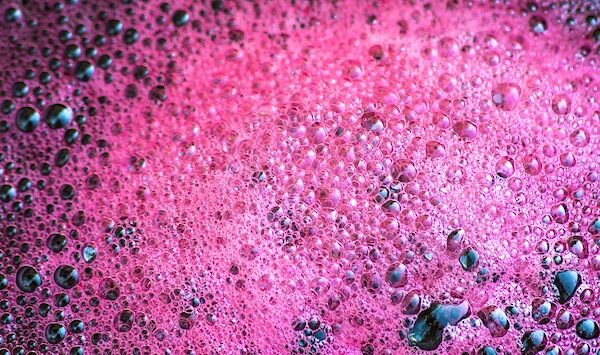Antifoam agents are substances used to control and reduce foam formation in liquids. In the ink and printing industry, foam control is very important for improving the quality of the final product and the productivity of production processes. Foam can have negative effects on ink and printing, including the formation of streaks, reduced print accuracy, and negative effects on printing equipment. In this article, we explore the importance of antifoam agents in the ink and printing industry.

Foaming in ink and printing
Foaming in ink and printing can occur for a variety of reasons, including the chemical properties of raw materials, production processes, and environmental conditions. Foam can cause problems at various stages of ink production and use, including mixing, pumping, and printing. These foams can form small bubbles on the ink surface, reducing print quality and increasing costs.
Soil problems
Foaming in ink and printing can cause various problems. These include:
- Reduced print quality: Foam bubbles can lead to uneven spots and spots in the print, which negatively affects the final quality.
- Increased costs: The need for frequent cleaning and repair of printing equipment due to foaming can increase production costs.
- Reduced productivity: Foaming can cause sudden stops in the production process and slow down production.
The role of antifoams in process improvement
Antifoam agents play an important role in improving printing processes by reducing or preventing foam formation during various stages of ink production and use. These materials can be added to the ink as chemical additives or used externally at various stages of the process.

Benefits of using antifoams
The use of antifoam agents in the ink and printing industry has many advantages. These include:
- Increased print quality: By reducing foaming, the final print quality is improved and bumps and spots are reduced.
- Reduce costs: By reducing the need for frequent cleaning and repair of equipment, production costs are reduced.
- Increased productivity: By preventing foam formation, sudden stops can be reduced and production speed can be increased.
Types of antifoam agents
Antifoams are divided into two main categories: silicone antifoams and non-silicone antifoams. Both types of antifoams have their advantages and disadvantages and should be selected according to the specific requirements of the ink and printing industry.
Diploma
Antifoams play a crucial role in improving print quality and productivity in ink and printing processes. By reducing foam formation and the problems it causes, the use of antifoams can lead to improved performance and lower production costs. The correct selection and use of antifoams can contribute to the improvement of the entire ink and printing industry.